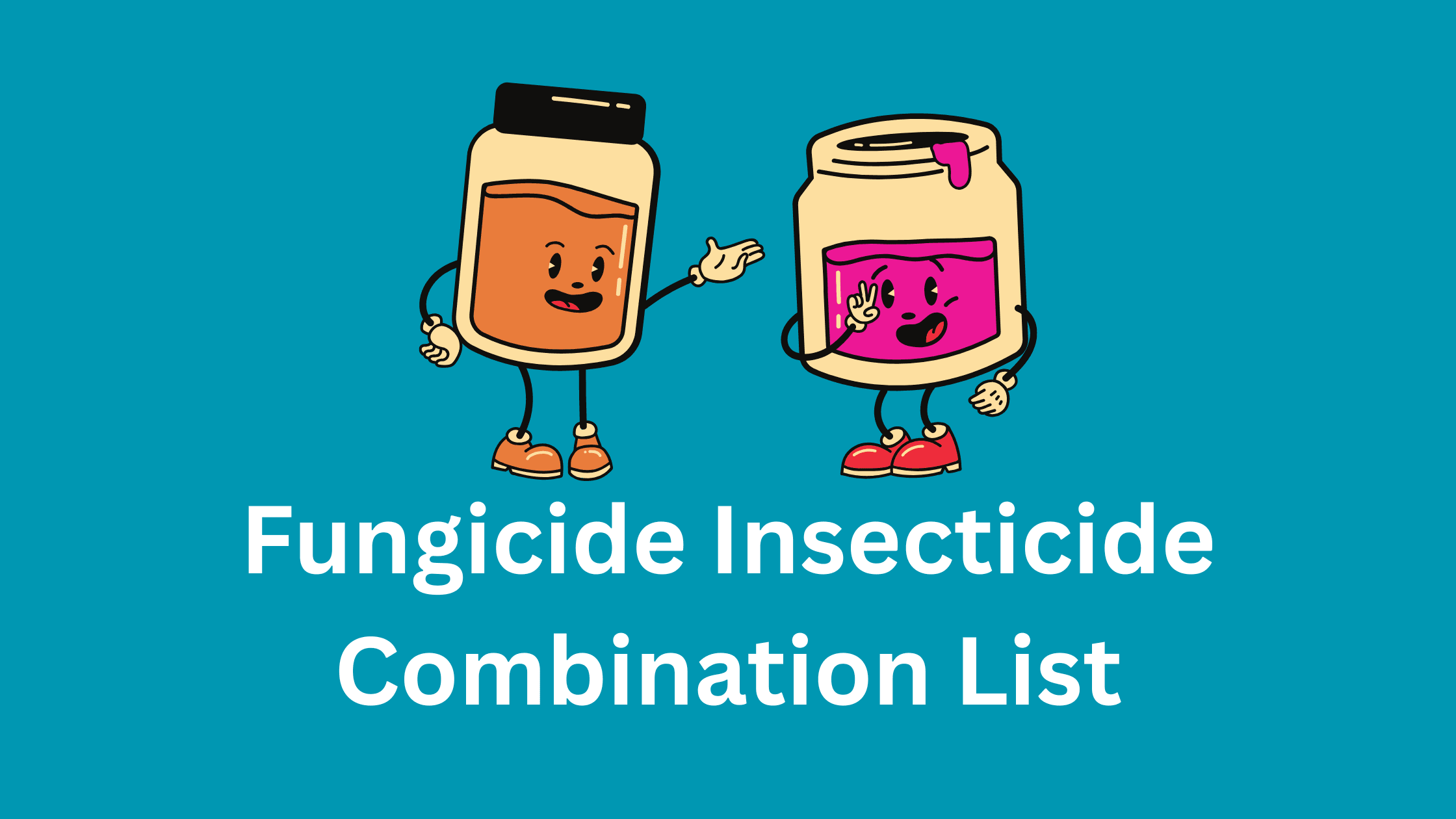Plant Growth Regulators (PGRs): Boosting Growth, Flowering, and Fruit Set in Crops.

What Are Plant Growth Regulators (PGRs)?
Plant Growth Regulators, commonly known as PGRs, are organic compounds (other than nutrients) that modify or regulate one or more physiological processes within a plant. They are applied in small quantities to influence plant growth, flowering, fruit setting, and reduce flower and fruit drop, leading to improved crop yields and quality.
Table of Contents
Why Are PGRs Important in Modern Agriculture?
In today’s competitive agricultural landscape, maximising productivity while maintaining quality is critical. PGRs play a vital role in helping farmers manage plant development, especially under stressful conditions like drought, nutrient deficiency, or fluctuating temperatures.
Types of Chemical PGRs
PGRs are broadly classified based on their function and chemical structure. The main types include:
1. Auxins
- Promote root initiation, fruit development, and apical dominance.
- Example: Indole-3-acetic acid (IAA), Naphthalene Acetic Acid (NAA).
2. Gibberellins (GAs)
- Stimulate stem elongation, seed germination, and flowering.
- Example: GA3 (Gibberellic acid).
3. Cytokinins
- Promote cell division and delay leaf senescence.
- Example: Kinetin, Zeatin.
4. Ethylene
- Influences fruit ripening and leaf abscission.
- Example: Ethephon.
5. Abscisic Acid (ABA)
- Regulates stomatal closure during stress and promotes dormancy.
Top PGR Products from Leading Brands
Here are some widely recommended PGRs available in the market:
| Product Name | Active Ingredient | Brand | Key Use |
|---|---|---|---|
| Planofix | NAA 4.5% | Bayer | Prevents flower and fruit drop |
| GA 3 | Gibberellic Acid | Various (Syngenta, UPL) | Promotes growth, flowering |
| Cytokel | Cytokinins | Dhanuka Agritech | Enhances cell division |
| Ethepon | Ethephon | Tata Rallis | Uniform ripening |
| Vigore | Combination of PGRs | Dhanuka | All-in-one plant stimulant |
These products are easily available online and through agricultural input dealers.
Recommended Crops and Application Doses
| Crop | PGR Type | Recommended Dose | Application Stage |
|---|---|---|---|
| Cotton | NAA / GA3 | 40-60 ml/acre | Flowering stage |
| Mango | Planofix (NAA) | 2 ml/liter | Pre-flowering |
| Tomato | GA3 | 40-60 ml/acre | Vegetative to flowering |
| Grapes | Gibberellic acid | 25-50 ppm | Berry setting |
| Rice | GA3 | 40 ml/acre | Nursery stage |
Note: Always follow the label instructions and consult agronomists for crop-specific advice.
Benefits of PGRs for Farmers
- Improved Yield: It optimises flowering and fruit set, leading to better productivity.
- Enhanced Quality: Uniform size, shape, and ripening improve marketability.
- Stress Tolerance: Helps plants withstand abiotic stress like drought or heat.
- Reduced Drop Rate: Prevents premature flower and fruit fall.
- Efficient Resource Use: Ensures better use of fertilisers and water.
Drawbacks and Limitations of PGR Use
While PGRs offer numerous benefits, improper usage or overuse can lead to:
- Abnormal Growth: Excessive elongation or dwarfing.
- Hormonal Imbalance: Interferes with natural plant hormone levels.
- Residue Issues: May affect food safety if not applied within safe limits.
- Cost Factor: Repeated applications increase input costs.
- Regulatory Restrictions: Some PGRs may have usage limitations in organic farming.
Alternate Natural Products and Practices
If you are looking for alternatives to synthetic PGRs, here are a few options:
1. Seaweed Extracts
Natural source of cytokinins and auxins. Promotes root and shoot development.
2. Humic and Fulvic Acids
Improve nutrient uptake and support overall growth.
3. Panchagavya / Jeevamrut
Organic preparations used in natural farming promote flowering and immunity.
4. Mycorrhizal Fungi & Bio-stimulants
Improve root development and nutrient absorption.
These alternatives are suitable for organic and sustainable farming practices.
Frequently Asked Questions (FAQs)
Q1. Are PGRs safe for all crops?
Yes, when used in the correct dose and timing. Always refer to crop-specific recommendations.
Q2. Can PGRs be mixed with pesticides or fertilisers?
It depends on the compatibility. Perform a jar test before tank mixing or consult an agronomist.
Q3. How frequently should PGRs be applied?
Generally, once or twice during critical stages like flowering and fruit setting. Avoid excessive applications.
Q4. Can PGRs be used in organic farming?
Synthetic PGRs are usually not allowed. Use organic biostimulants or natural growth promoters instead.
Conclusion: PGRs – A Smart Tool When Used Wisely
Plant Growth Regulators offer farmers a scientific approach to improving plant performance, boosting yields, and enhancing quality. While they can be powerful allies in farming, responsible usage, proper timing, and adherence to guidelines are essential to avoid potential side effects. For farmers looking to transition into sustainable practices, combining PGRs with natural growth promoters or gradually shifting to biostimulants can be a strategic choice.
Keywords for SEO: Plant Growth Regulators, PGR for flowering, fruit set PGR, crop yield improvement, NAA, GA3, Planofix, best PGR brands, PGR dose per acre, organic alternatives to PGR.

Kaka is well know insectiicde cum bio crop protectant. You can use it for crops, especially Rose plants,








